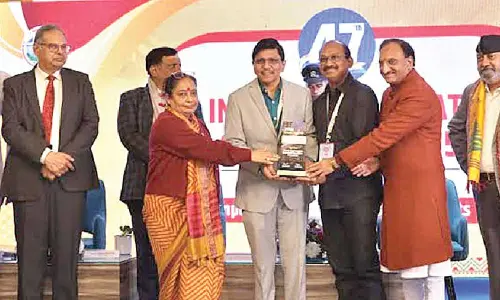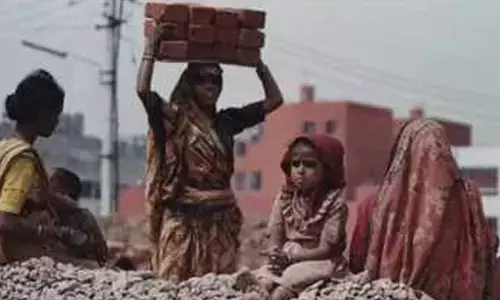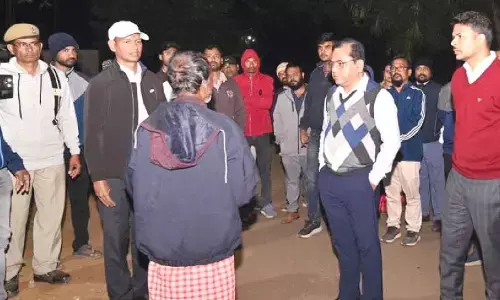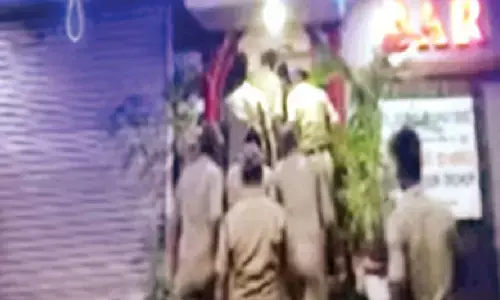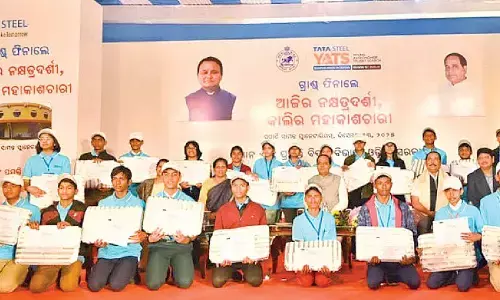Setting the record straight
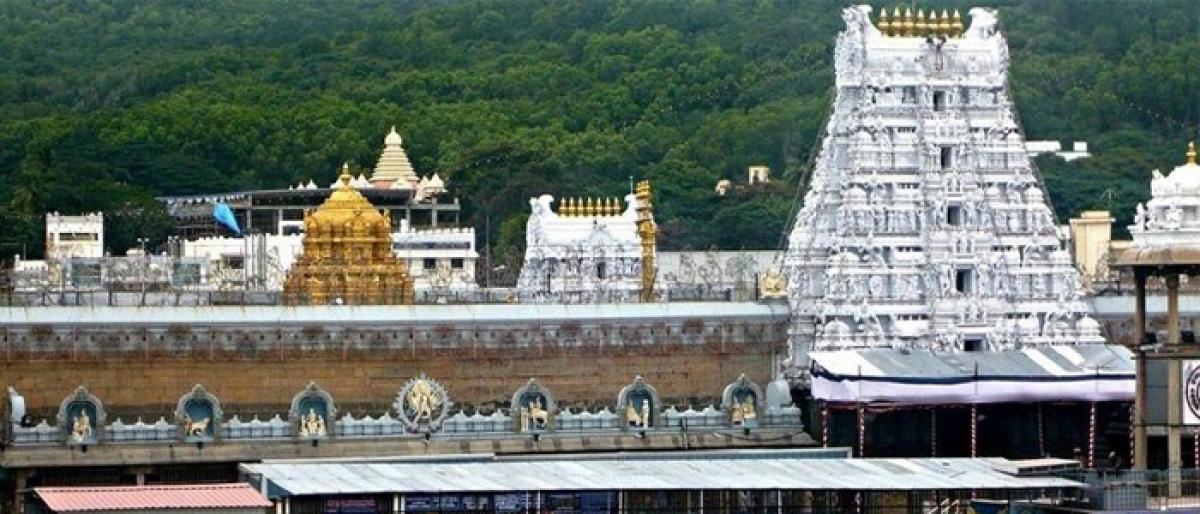
On Saturday afternoon, the Telugu vernacular media was abuzz with the news of proposed takeover of Tirumala temple by the Government of India. A letter from Archaeological Survey of India (ASI) to TTD Executive Officer triggered this storm in a tea cup.
On Saturday afternoon, the Telugu vernacular media was abuzz with the news of proposed takeover of Tirumala temple by the Government of India. A letter from Archaeological Survey of India (ASI) to TTD Executive Officer triggered this storm in a tea cup.
Projecting it as a conspiracy by the Modi government against Telugu people since the State government has taken a principled stand on the Special Category Status, a section of the electronic media proclaimed that the people of Andhra Pradesh would teach a lesson to the Modi government for such unilateral decisions.
The subject matter specialists who took part in such TV debates – whom I call ‘Astana Vidvamsulu’ with expertise on all subjects from anatomy to astronomy – thundered that once ASI takes over the structure, the administration of TTD will go into the hands of Government of India including its finances, and, this needed to be prevented at any cost.
By evening, with the ASI withdrawing the letter written to EO TTD, media activity subsided. In the process, a section of the media tried to drag into discussion a letter written by me in 2011 as the Executive Officer of TTD.
Before I deal with the letter I wrote and the circumstances that led to the writing of the letter, I would like to explain what it means for a temple to be declared as a protected monument under the Ancient Monuments Act.
Already there are temples declared as protected monuments. For example, the temples at Draksharamam and Samarlakota and Kalyana Venkateswara Swamy temple at Srinivasa Mangapuram are protected monuments under the said Act.
The administration of all these temples is done either by the Endowments Department or by the TTD as the case may be and all the incomes are accounted for under the respective heads of the TTD or that of the Endowments Department. Hence, the declaration of the monument as protected monument only results in the structure being protected by the archaeological department but does not result in the transfer of the temple administration to the Government of India.
Coming to the letter written by me in 2011, when I joined TTD as Executive Officer in the year 2009, Adikesavulu Naidu was the chairman of TTD. He wanted to get the gold plating of the walls of the temple done and accordingly a board resolution was passed by the time I joined TTD. The project was named as Anandanilayam Ananta Swarnamayam and he was in the process of collecting gold for this purpose.
I for one always believed that structures of antiquity should be preserved as a legacy to the future generations and should not be tinkered with. I was not comfortable with this neo-rich concept of Adikesavulu Naidu to get the walls coated with gold since it would result in damaging the beauty of the structure and conceal the present inscriptions on the walls, and decided to fight the proposal. I did all that I could to prevent this project from being executed. Finally, Subramanya Swamy filed a public interest litigation in the High Court of Andhra Pradesh, which gave an order against the Anandanilayam Ananta Swarnamayamayam project.
Adikesavulu Naidu carried it in appeal to Supreme Court but Swamy stood like a rock and argued the case and ensured that Naidu did not win a favourable order. It was around this time the term of Naidu came to an end and the government appointed a specified authority in place of the board. The specified authority at a meeting felt that the only way to prevent anyone in future from doing such foolish acts is to bring in the archaeological department into the picture.
Accordingly, based on the resolution of the specified authority, a letter was addressed to the Government of Andhra Pradesh to take up the matter with the Government of India for the protection of the monument. Naidu ensured certain paid news to come up in some newspapers on this issue and the state government shelved the proposal at that time itself. Hence, the question of that letter of 2011 triggering activity in 2018 does not arise and that was in any case a communication between the TTD and the State government.
But protecting historical monuments which are our historical and cultural legacy remains important. If the Archaeological Department is not in the picture with the type of governments and temple boards we have and total apathy from the civil society on these issues, it is only matter of time before someone tinkers with these structures in the name of vastu or to leave his footprints on sands of time, as was desired by Adikesavulu Naidu.
If they are declared as protected monuments, they lose the life and vibrancy associated with them. Perhaps, there is a need to have a relook at the Ancient Monuments Act 1904 enacted during Lord Curzon’s time and bring in an amendment so that the structures will not come under the protection of ASI, but if any change is to be made, ASI should necessarily be consulted. This would ensure protection of these monuments, at the same time not getting the structures under the control of Archaeological Department as protected monuments.











